In the steadily developing universe of gems, lab-grown diamonds have arisen as a convincing option in contrast to normal diamonds. With regards to choosing the ideal setting for these morally obtained jewels, the discussion among platinum and gold remaining parts conspicuous. Every metal offers particular qualities that take special care of different inclinations and ways of life. This nitty gritty examination will investigate the distinctions, benefits, and possible downsides of picking platinum versus gold for platinum vs gold lab diamond rings.
Understanding Lab-Grown Diamonds
Lab-grown diamonds, otherwise called engineered diamonds or man-made diamonds, are created in controlled conditions utilizing progressed mechanical cycles. These diamonds are synthetically, truly, and optically indistinguishable from normal diamonds, yet they accompany the additional advantages of moral obtaining and lower natural effect.
Advantages of Lab-Grown Diamonds
Moral Obtaining: Liberated from the moral worries related with mined diamonds.
Ecological Effect: Less natural harm contrasted with conventional mining.
Cost-Viability: Normally 20-40% more affordable than regular diamonds.
Quality: High virtue and quality because of controlled developing circumstances.
Platinum: The Exceptional Decision
Platinum has for some time been adored in the adornments business for its strength, extraordinariness, and shiny appearance. It is in many cases considered a definitive metal for wedding bands and fine gems.
Benefits of Platinum
Sturdiness and Strength: Platinum is one of the most tough metals available, pursuing it an amazing decision for regular wear. It is impervious to stain and erosion.
Hypoallergenic Properties: Platinum is hypoallergenic, making it ideal for people with delicate skin or sensitivities.
Regular White Radiance: Platinum’s normal white sheen upgrades the splendor of lab-grown diamonds without the requirement for rhodium plating.
Image of Notoriety: Platinum’s unique case and relationship with extravagance pursue it an esteemed decision for very good quality gems.
Expected Disadvantages of Platinum
Cost: Platinum is fundamentally more costly than gold because of its unique case and thickness.
Weight: Platinum is denser and heavier than gold, which might be a thought for those looking for lighter gems.
Patina Improvement: Over the long haul, platinum fosters a patina, a matte completion that some might see as less engaging.
Gold: The Ageless Work of art
Gold, available in different varieties and karats, offers an immortal allure and flexibility. The most well-known choices for gems are yellow gold, white gold, and rose gold.
Benefits of Gold
Adaptability: Gold is available in numerous shades, considering customization in light of individual inclination and complexion.
Reasonableness: For the most part more reasonable than platinum, particularly in lower karats.
Lightweight: Gold is lighter than platinum, giving a happy with wearing experience.
More straightforward to Work With: Gold’s pliability takes into account complicated plans and customizations.
Expected Disadvantages of Gold
Solidness: Gold is milder and more inclined to scratches and imprints, particularly in higher karats.
Upkeep: White gold requires rhodium plating to keep up with its white appearance, requiring occasional re-plating.
Unfavorably susceptible Responses: Some composites utilized in gold, like nickel, can cause hypersensitive responses in delicate people.
Comparing Platinum and Gold for Lab Diamond Rings
Solidness and Life span
Platinum’s unrivaled sturdiness pursues it a phenomenal decision for lab-grown diamond rings planned for ordinary wear. It is doubtful to wear out after some time and can endure more pressure without losing its shape. Gold, while sturdy, is gentler and more inclined to harm, especially in higher karats.
Variety and Stylish Allure
Platinum: Its normal white tone gives a cutting edge, smooth look that upgrades the brightness of lab diamonds. It doesn’t need extra plating, keeping up with its radiance after some time.
Yellow Gold: Offers a work of art, warm shine that supplements an assortment of diamond cuts and varieties. Ideal for the individuals who lean toward a customary look.
White Gold: Impersonates the presence of platinum yet requires rhodium plating to keep up with its white completion. It is a more reasonable choice for those looking for a platinum-like appearance.
Rose Gold: Known for its romantic and one of a kind allure, rose gold adds an exceptional touch to lab diamond rings. Its pinkish tint is created by alloying gold with copper.
Hypoallergenic Properties
Platinum’s hypoallergenic nature makes it a more secure choice for people with metal responsive qualities. Gold composites, especially those containing nickel, can cause hypersensitive responses in certain wearers. For those with touchy skin, settling on platinum or higher karat gold (18K or above) is fitting.
Weight and Solace
Gold is lighter than platinum, which might be more agreeable for everyday wear, particularly for people not used to heavier gems. In any case, the heaviness of platinum can likewise be seen as a sign of its quality and sturdiness.
Cost Contemplations
Platinum: For the most part more costly because of its unique case and thickness. Its greater cost is in many cases legitimized by its sturdiness and hypoallergenic properties.
Gold: Offers a more financial plan accommodating choice, particularly in lower karats. White gold can give a platinum-like appearance at a diminished expense, however it requires more upkeep.
Support and Care
Platinum: Fosters a patina after some time, which can be cleaned to reestablish its unique sparkle. Requires less upkeep contrasted with white gold.
Gold: White gold requirements intermittent rhodium plating to keep up with its tone. Yellow and rose gold require customary cleaning to keep their sparkle however are by and large more straightforward to keep up with than white gold.
Going with the Best Decision
Picking either platinum and gold for a lab-grown diamond ring at last relies upon individual inclination, way of life, and financial plan. Platinum is great for those looking for solidness, hypoallergenic properties, and a renowned look. Gold offers flexibility, moderateness, and an immortal allure with choices to suit different preferences.
Last Contemplations
Both platinum and gold give magnificent settings to lab grown diamonds, each with extraordinary advantages and likely disadvantages. By considering variables like sturdiness, stylish allure, hypoallergenic properties, weight, cost, and upkeep, you can settle on an educated choice that lines up with your own style and functional necessities. Whether you choose the enduring tastefulness of platinum or the flexible appeal of gold, your lab-grown diamond ring will without a doubt sparkle with unrivaled brightness and moral excellence.

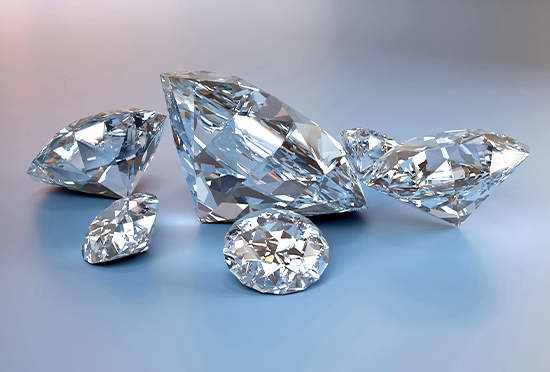
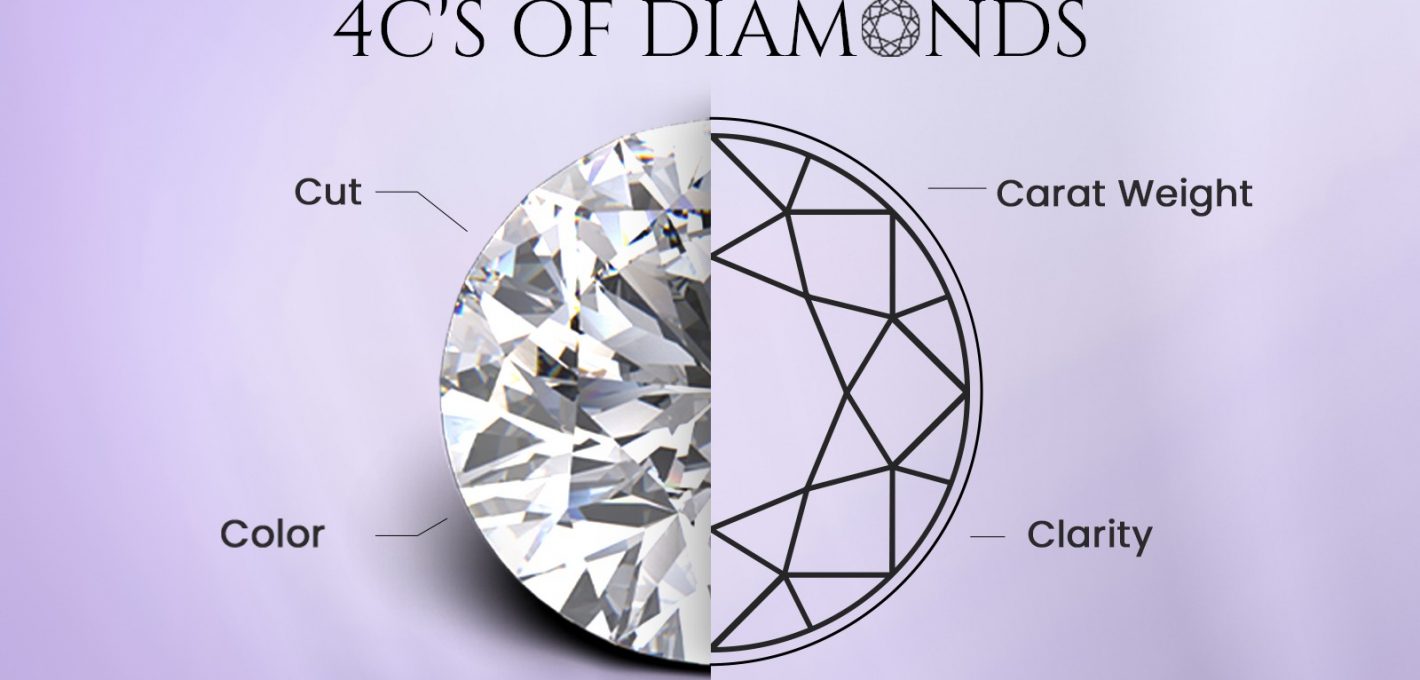



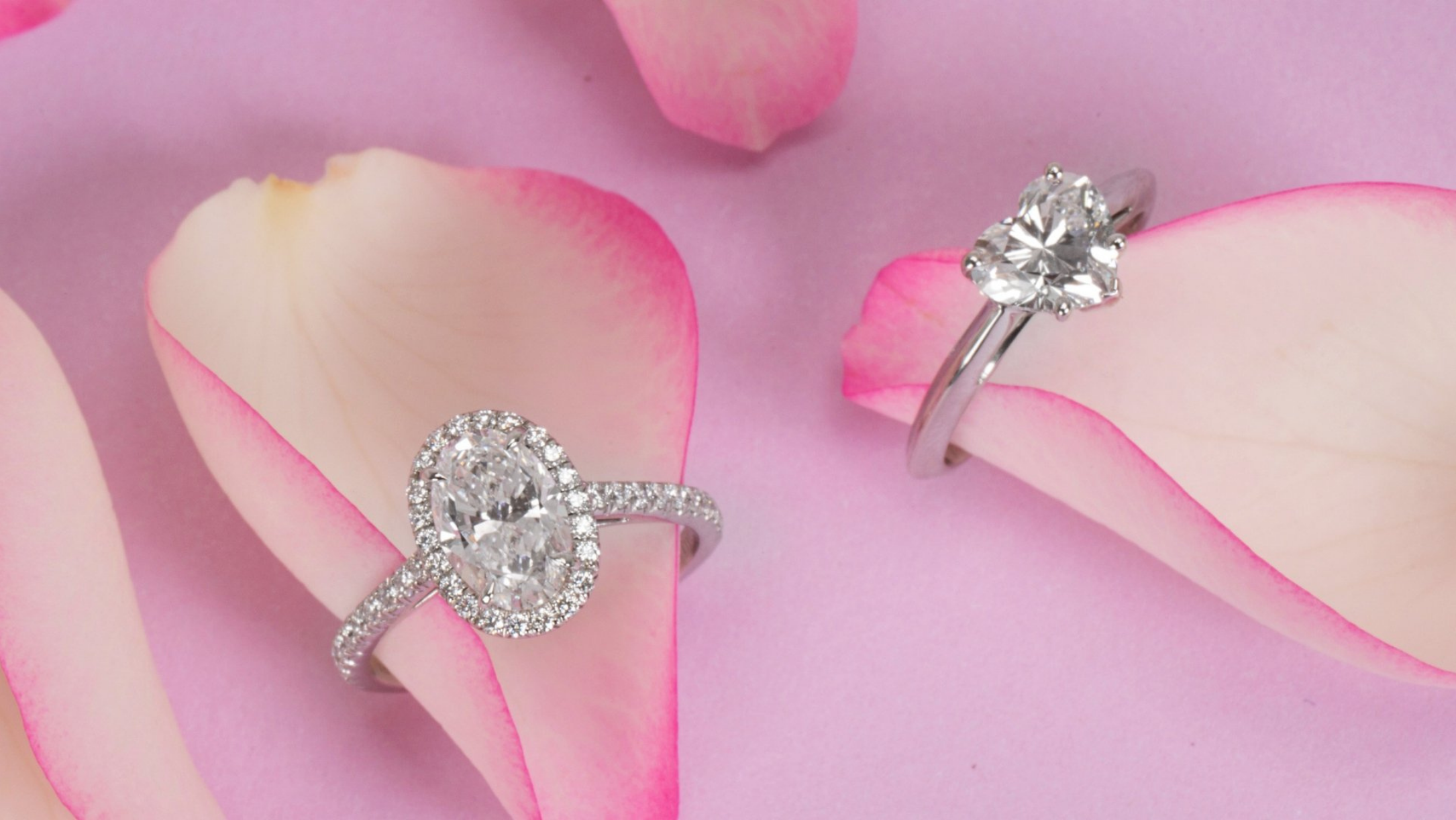

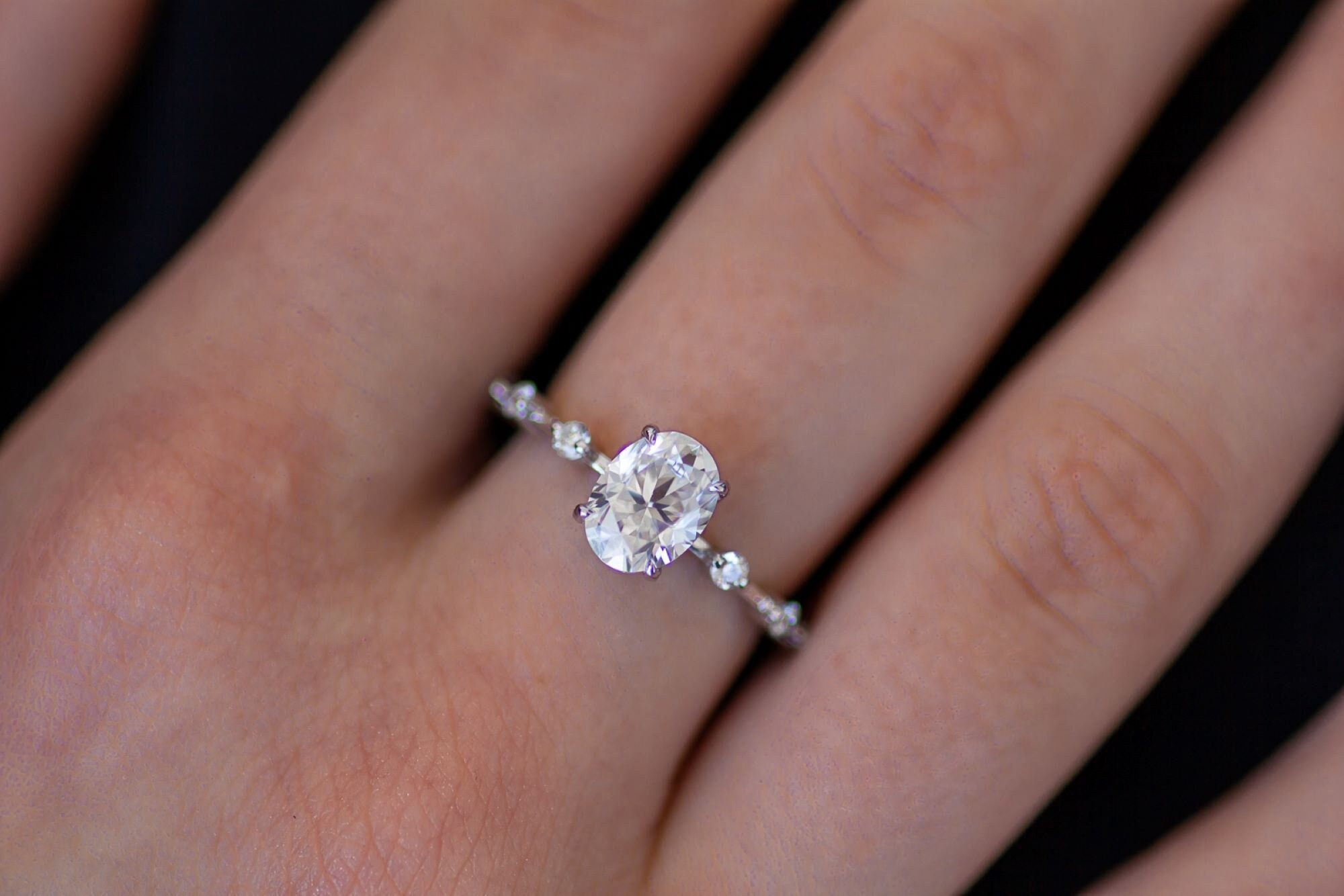
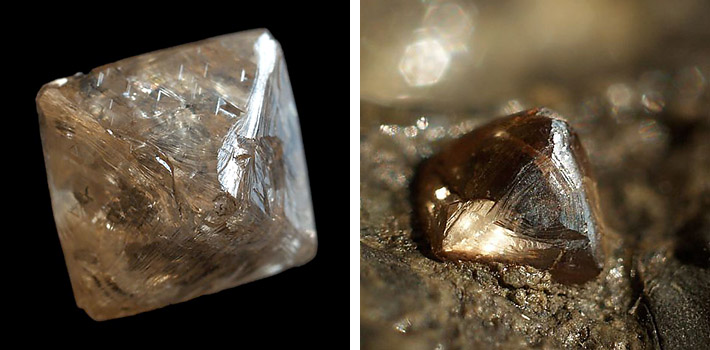

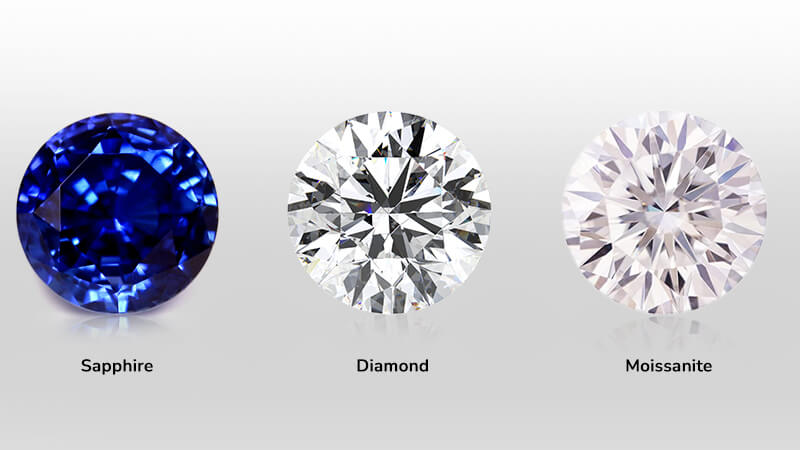

+ There are no comments
Add yours